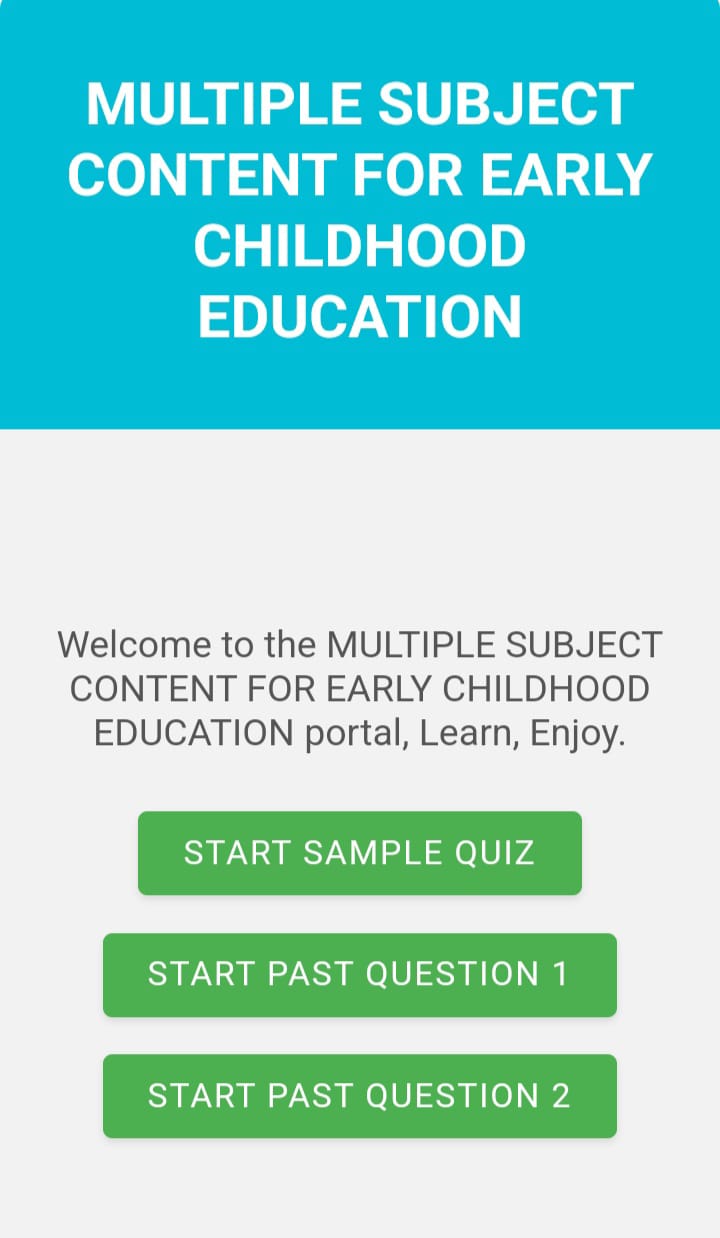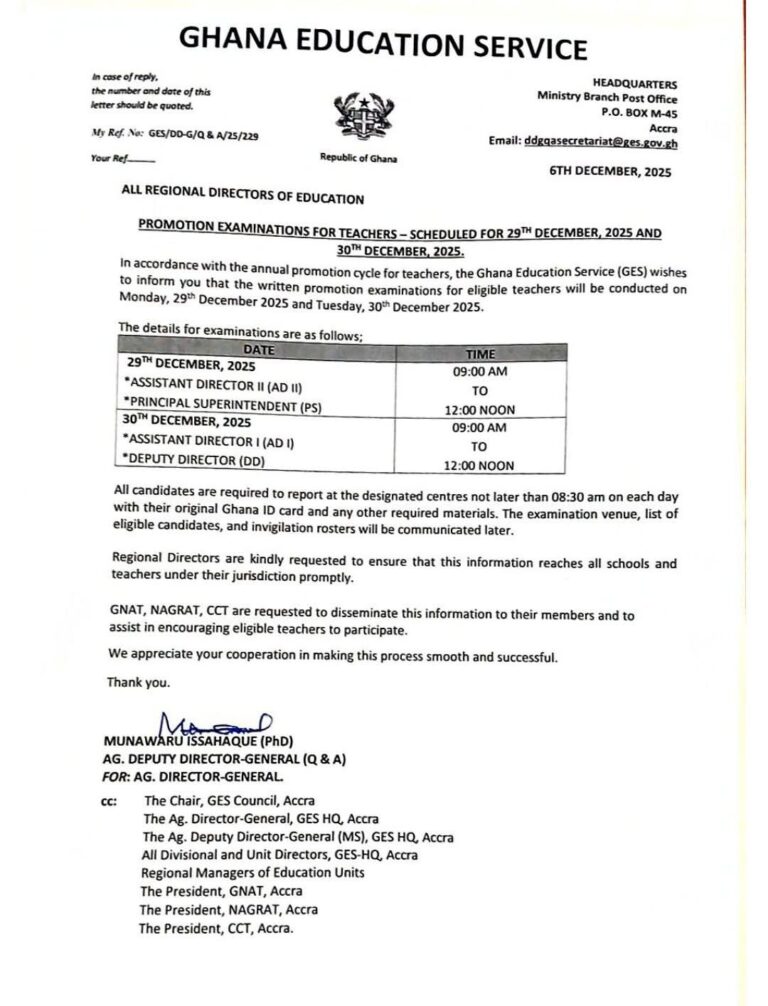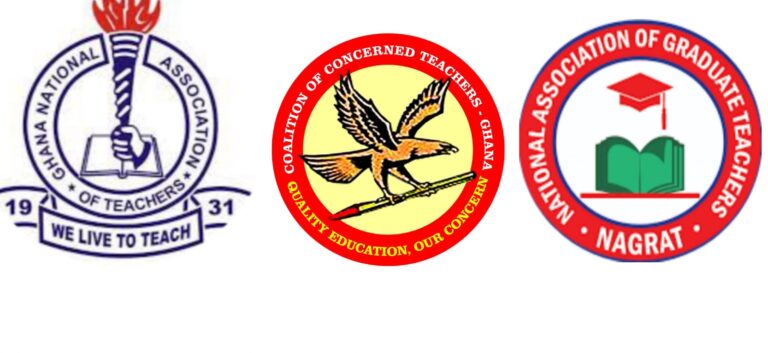
Early Childhood Education Curriculum Guide
Introduction
The Integrated Early Childhood Education curriculum is designed to foster holistic development in young learners (ages 4–8) through play-based, multi-sensory learning. It blends Literacy, Numeracy, Creative Arts, and Our World and Our People (OWOP) to build foundational skills in:
-
Language & Communication
-
Mathematical Reasoning
-
Creative Expression
-
Social-Emotional & Environmental Awareness
Pedagogical Approach:
✔ Child-centered activities
✔ Cross-curricular connections
✔ Real-world applications
Curriculum Content Areas
1. Literacy
Key Strands:
-
Oral Language Development (Conversation, storytelling)
-
Phonological Awareness (Rhymes, blending sounds)
-
Print Concepts (Book handling, word recognition)
-
Comprehension (Picture walks, retelling)
Sample Activity:
▶ “Rhyme Time” – Children create rhyming pairs using objects (e.g., cat/hat).
2. Numeracy
Core Topics:
-
Number Sense (Counting, cardinality)
-
Operations (Addition/subtraction with objects)
-
Patterns & Algebra (Non-numerical sequences)
-
Measurement (Length, mass, capacity)
Hands-On Idea:
▶ “Measurement Hunt” – Compare classroom items using non-standard units (e.g., blocks).
3. Creative Arts
Focus Areas:
-
Art Techniques (Drawing, molding, collage)
-
Color Theory (Primary/secondary colors)
-
Cultural Arts (Dance, music, traditional symbols)
Project Example:
▶ “Cultural Mask Making” – Use recycled materials to explore Ghanaian heritage.
4. Our World & Our People (OWOP)
Themes Covered:
-
Self & Family (Body parts, hygiene)
-
Community Roles (Local leaders, occupations)
-
National Identity (Independence history)
-
Global Awareness (Neighboring countries)
Discussion Prompt:
“How do we communicate with friends in other countries?”
Assessment Framework
Depth of Knowledge (DoK) Distribution:
| Cognitive Level | Weight | Example Tasks |
|---|---|---|
| Recall (L1) | 16% | Name body parts, count objects |
| Skills (L2) | 24% | Blend sounds, compare lengths |
| Strategic (L3) | 40% | Solve word problems, create art patterns |
| Extended (L4) | 40% | Present family traditions, design community maps |
Key Insight: 80% of activities target higher-order thinking (L3/L4).
Teaching Strategies
Best Practices
-
Multi-Sensory Learning:
-
Use sand trays for letter formation.
-
Incorporate movement in math games (e.g., hopscotch counting).
-
-
Local Context Integration:
-
Teach measurement using market items (e.g., beans, containers).
-
-
Differentiation Tips:
-
Provide visual aids (number lines) for struggling learners.
-
Challenge advanced students with open-ended questions (“What if?”).
-
Common Challenges & Solutions
| Challenge | Solution |
|---|---|
| Short attention spans | Use 10-minute rotating activity stations |
| Mixing up similar sounds | Minimal pair drills (e.g., /b/ vs. /p/) |
Free Resources
For the past question, click here: https://ntc.gov.gh/practice_test/int_early_grade/
For more updates, click: https://seekersconsult247.com/?p=794&preview=true
Follow us on WhatsApp for more updates: https://whatsapp.com/channel/0029VaCyYGIFHWpx22L38a2K
Seekers Consult
Contact Us for Your Study Abroad Journey
We search for schools and check available scholarships for you
Contact: 0550414552 / 0362297079
Loan for government workers
Transcript Application
English Proficiency
Recommendation letter
Project work/thesis for undergrate, master’s, and PHD students.




